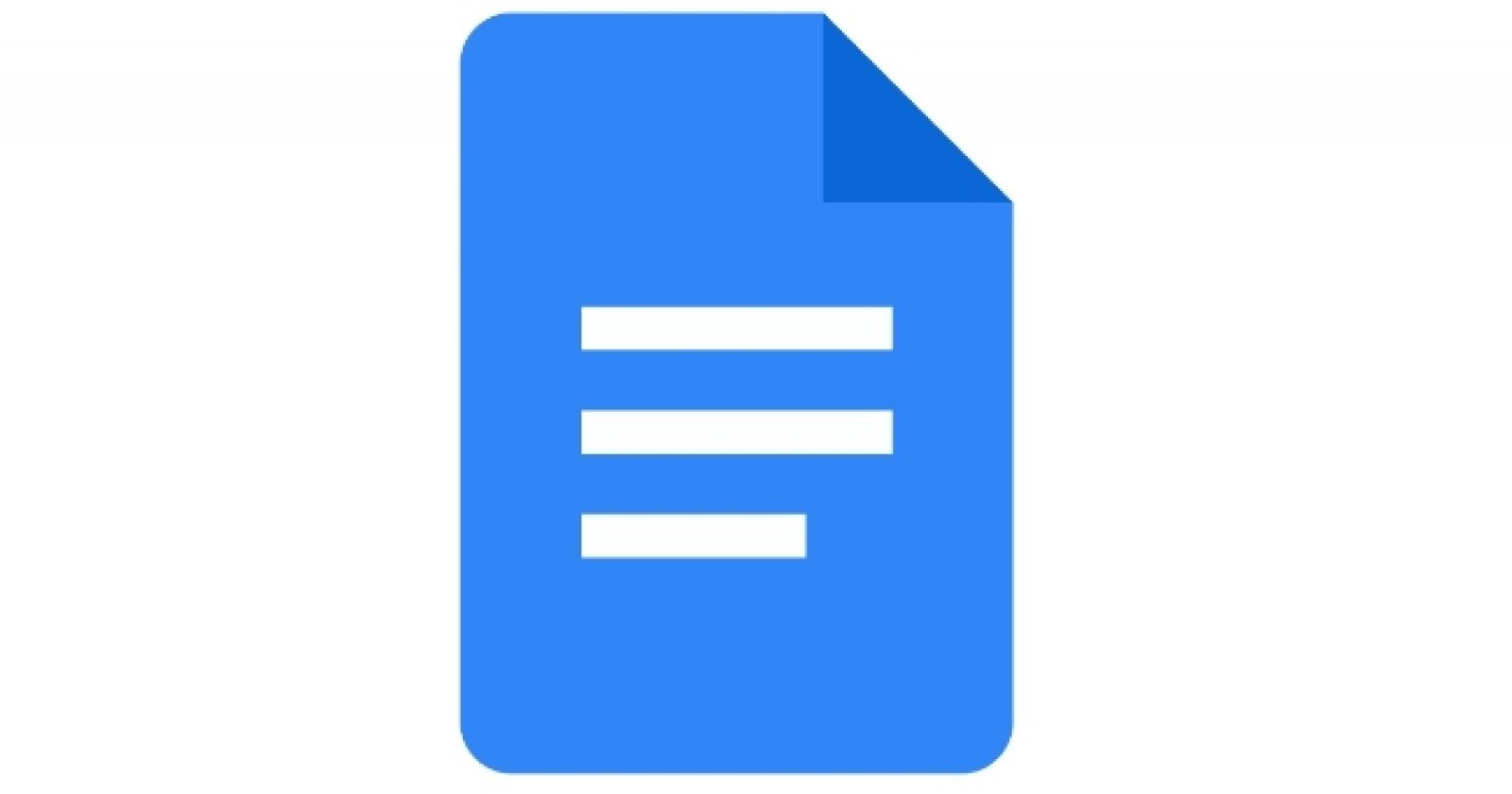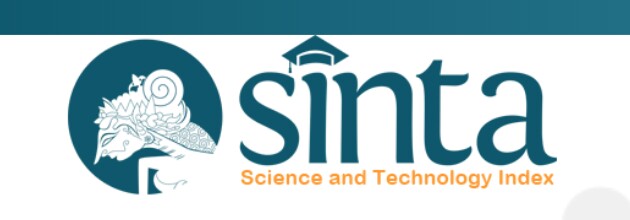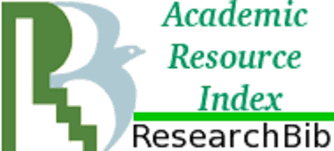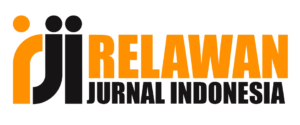THE THE CORRELATION OF GLUCOSE LEVELS AND DIABETIC FOOT ULCERS LEVEL BASED ON BATES-JENSEN WOUND ASSESSMENT-TOOLS
Abstract
Introduce: Diabetic Foot Ulcers was a a pathological condition of the foot due to diabetes mellitus. Amputation cases of diabetic ulcers reach 1 million every year. This study was explain the correlation of glucose levels with the level of diabetic foot ulcers based on the Bates-jensen wound assessment tools in malang. Methods: The study was cross sectional design. The population were 60 respondents. The independent variables was glucose. The dependent variable was the level of diabetic foot ulcers based on the Bates-jensen wound assessment tools. Glucose instruments use glucometers. The diabetic foot ulcers instrument uses observation sheet based on bates-jensen wound assessment tools. Data were analyzed using the Pearson product moment test which was preceded by a normality test using the Kolmogorov-Smirnov Z test. Result: The normality test using kolmogorov-smirnov Z showed a result of 0.733 which means the data is normally distributed. Pearson product moment test results showed 0.017 which means there is a relationship between random glucose levels and the level of diabetic foot ulcers based on the bates-jensen wound assessment tools. Discussion: the condition of high blood glucose levels that occur in patients with diabetes mellitus affects the flexibility of red blood cells that release O2, so that O2 in the blood decreases and peripheral hypoxia occurs which makes peripheral tissue perfusion ineffective. When peripheral tissue perfusion is inadequate, the supply of nutrients and oxygen levels will decrease so that the condition will worsen the tissue ischemia until tissue death or necrosis eventually occurs.
Copyright (c) 2020 Jurnal Ilmiah Kesehatan Media Husada

This work is licensed under a Creative Commons Attribution 4.0 International License.
The authors who publish their articles in Jurnal Ilmiah Kesehatan Media Husada must approve the copyright statement as follows :
1. The authors agree to automatic transfer of the copyright to the publisher
2. All material contained in this site is protected by law.
3. If you find one or more articles contained in the journal that violate or potentially infringe your copyright, please contact us via email lppmkwidyagamahusada@ac.id
4. The formal legal aspect of access to any information and articles contained in this journal site refers to the terms of the licensed under a Creative Commons Attribution 4.0 International License. . This allows authors and others to share (copy and redistribute the material in any medium or fomat) and adapt (remix, transform, and build upon the material) for non-commercial purposes.
4. All Information contained in the journal is academic. The journal is not liable for any losses incurred by misuse of information from this site.







1.png)








